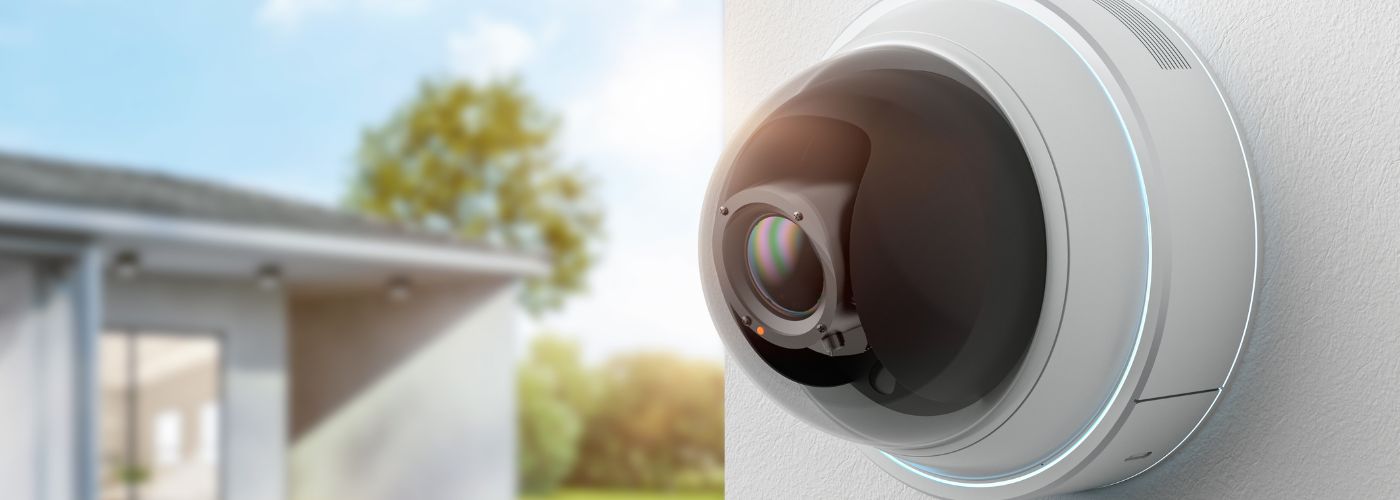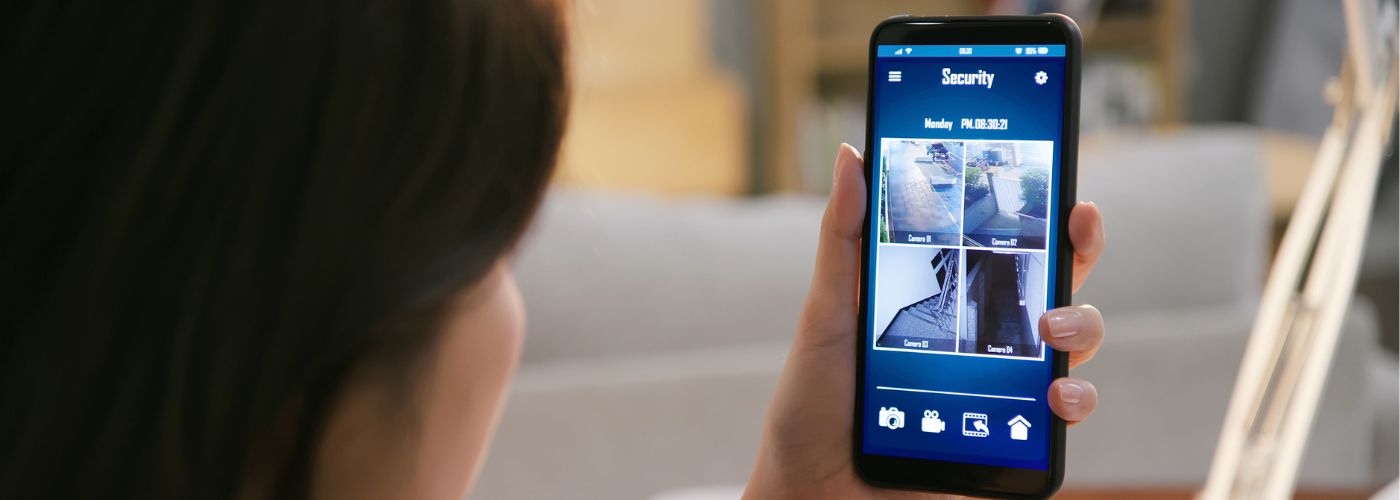In a world where surveillance cameras have become ubiquitous, the debate between proactive vs reactive cameras is gaining momentum. Let’s delve into the realm of surveillance technology and explore which approach ultimately reigns supreme: proactive or reactive cameras?
Differences in Proactive vs Reactive Cameras
Proactive cameras are engineered to anticipate potential threats or events in real-time, effectively preventing situations from escalating.
These cameras utilize advanced AI algorithms and machine learning technology to analyze patterns and detect anomalies before they occur. By proactively identifying risks, these cameras allow for swift action to be taken, ensuring a higher level of security and safety.

On the other hand, reactive cameras primarily function by capturing footage after an event has already taken place. While reactive cameras are useful for investigating incidents retrospectively, they lack the ability to prevent or deter criminal activities in real-time.
This key difference highlights the proactive nature of some camera systems that prioritize prevention over reaction. Ultimately, choosing between proactive and reactive cameras depends on the specific surveillance security needs and goals of an individual or organization.
Pros of Proactive Cameras
Proactive cameras offer a multitude of benefits that enhance security and convenience in various settings. One key advantage is their ability to prevent crimes before they occur, acting as a deterrent against potential intruders or suspicious activities.
By constantly monitoring surroundings and sending alerts in real-time, proactive cameras provide peace of mind to both homeowners and businesses alike.
Moreover, proactive cameras enable quick responses to emergencies by instantly notifying authorities or designated contacts when unusual activity is detected. This immediate response can help prevent damage or theft, as well as ensure the safety of individuals within the monitored premises.

Additionally, these cameras are equipped with advanced features such as motion detection, facial recognition, and night vision capabilities, allowing for efficient monitoring at all times of day.
Cons of Proactive Cameras
Proactive cameras may offer increased safety and security, but they also come with their fair share of disadvantages. One major concern is the potential invasion of privacy that comes with constant surveillance.
The continuous monitoring of individuals can lead to a sense of unease and discomfort, as people may feel like they are constantly being watched.
Moreover, proactive cameras raise questions about data security and protection. With the ability to capture, store, and analyze vast amounts of visual data, there is a risk of this sensitive information being misused or falling into the wrong hands.
This aspect raises ethical concerns regarding the control and use of personal data collected through these cameras. It’s crucial to strike a balance between enhancing security measures and respecting individual privacy rights when implementing proactive camera systems.
Pros of Reactive Cameras
One of the key advantages of reactive cameras is their ability to detect suspicious activities and alert security personnel instantly.
This proactive approach can significantly reduce response times in emergency situations, allowing for quicker interventions and potential prevention of criminal incidents.
Moreover, reactive cameras are highly versatile and can be integrated with other security systems such as access control and alarm systems. This seamless integration enhances overall security measures by creating a comprehensive network of protective measures.
By combining different technologies, reactive cameras can provide a more holistic approach to surveillance, resulting in higher levels of safety and protection for both individuals and properties.
Cons of Reactive Cameras
One major concern is that reactive cameras may give a false sense of safety to individuals. The technology’s limitations in accurately detecting and responding to threats can result in gaps in surveillance coverage, leaving areas vulnerable to criminal activity.
The over-reliance on reactive cameras may lead to a reduction in human intervention, which could result in missed opportunities for timely intervention or de-escalation of potentially dangerous situations.
While reactive cameras offer many benefits in terms of surveillance and security management, it is essential to consider their limitations and potential negative implications on privacy and safety.
Striking a balance between technology-driven security measures and human oversight is crucial to effectively address these challenges posed by reactive cameras.
Cost Differences in Proactive vs Reactive Cameras
Proactive cameras, designed to prevent incidents before they happen, typically come with a higher price tag compared to reactive cameras.
One reason for this cost difference is the advanced technology and features integrated into proactive surveillance systems, such as artificial intelligence and real-time monitoring capabilities.

On the other hand, reactive cameras are often more budget-friendly options as they primarily serve the purpose of recording footage after an incident has occurred. While reactive cameras may be cheaper upfront, their limitations in preventive measures can lead to higher long-term costs due to potential damages or losses that could have been prevented with proactive surveillance systems. Overall, these cameras are great for home theft prevention.
Therefore, when considering the cost differences between proactive and reactive cameras, it’s important for businesses to weigh the upfront investment against potential risks and expenses that may arise in the future.
Finding The Right Camera Setup For Your Home or Business
When it comes to finding the right camera setup for your home or business, it’s essential to consider your specific needs and requirements. For home security purposes, a wireless camera system with motion detection and night vision capabilities can provide peace of mind and round-the-clock surveillance.
On the other hand, businesses may benefit from high-definition cameras with remote access features that allow monitoring from anywhere in the world.
For both home and business setups, investing in a camera system that offers cloud storage for footage can be a game-changer. Overall consider your budget since that’s what will ultimately decide the best security system for your business or home.
